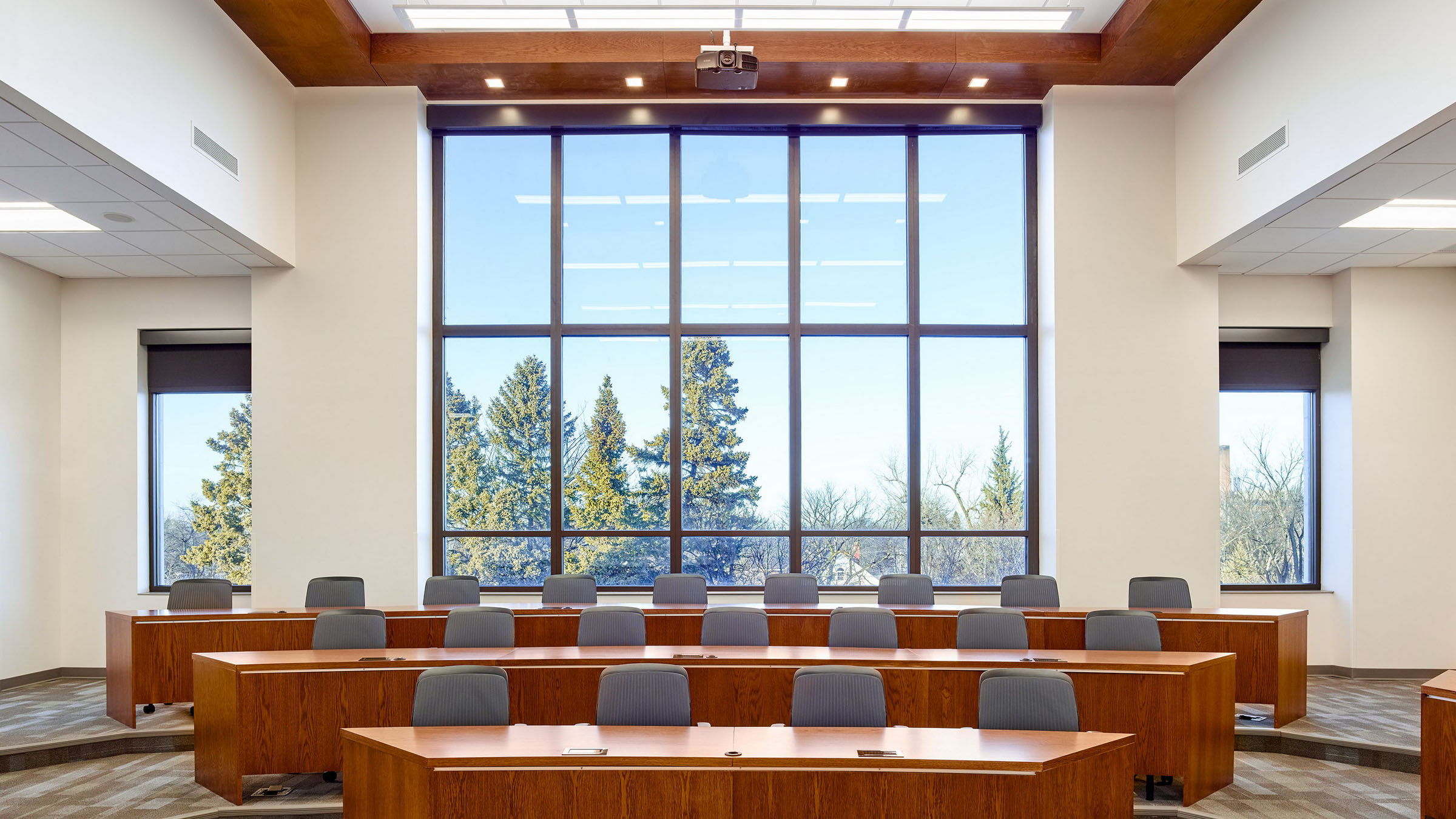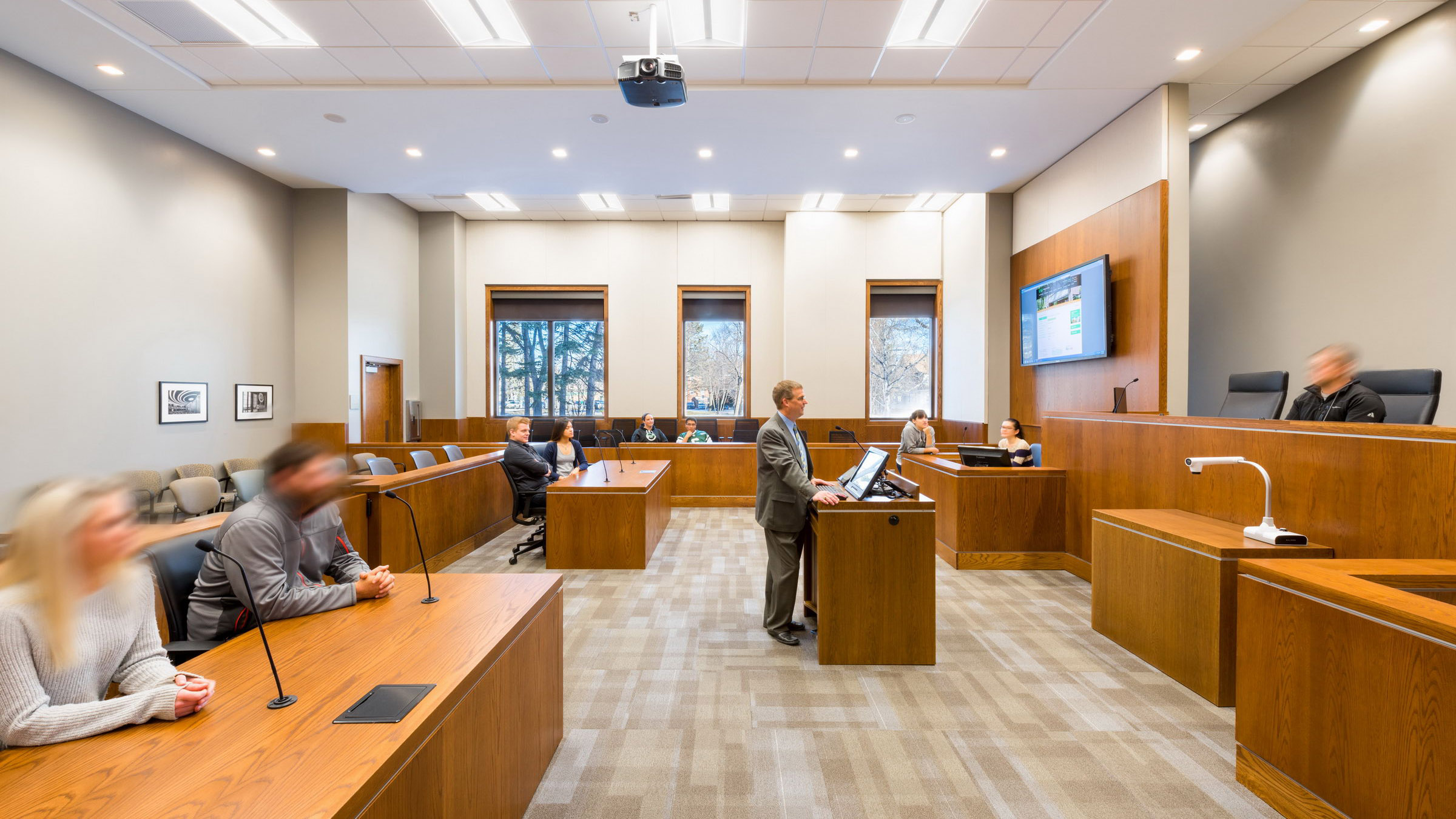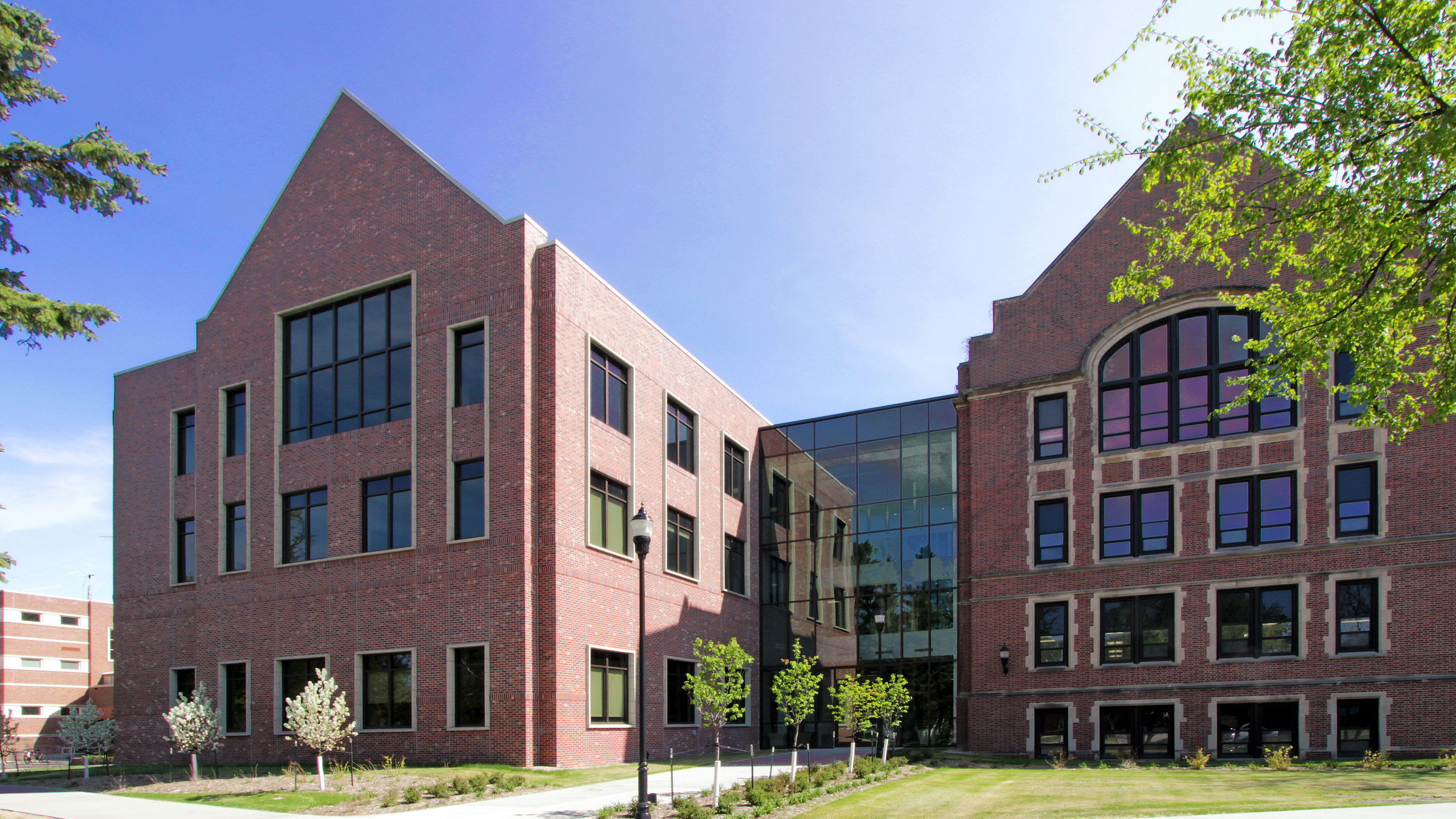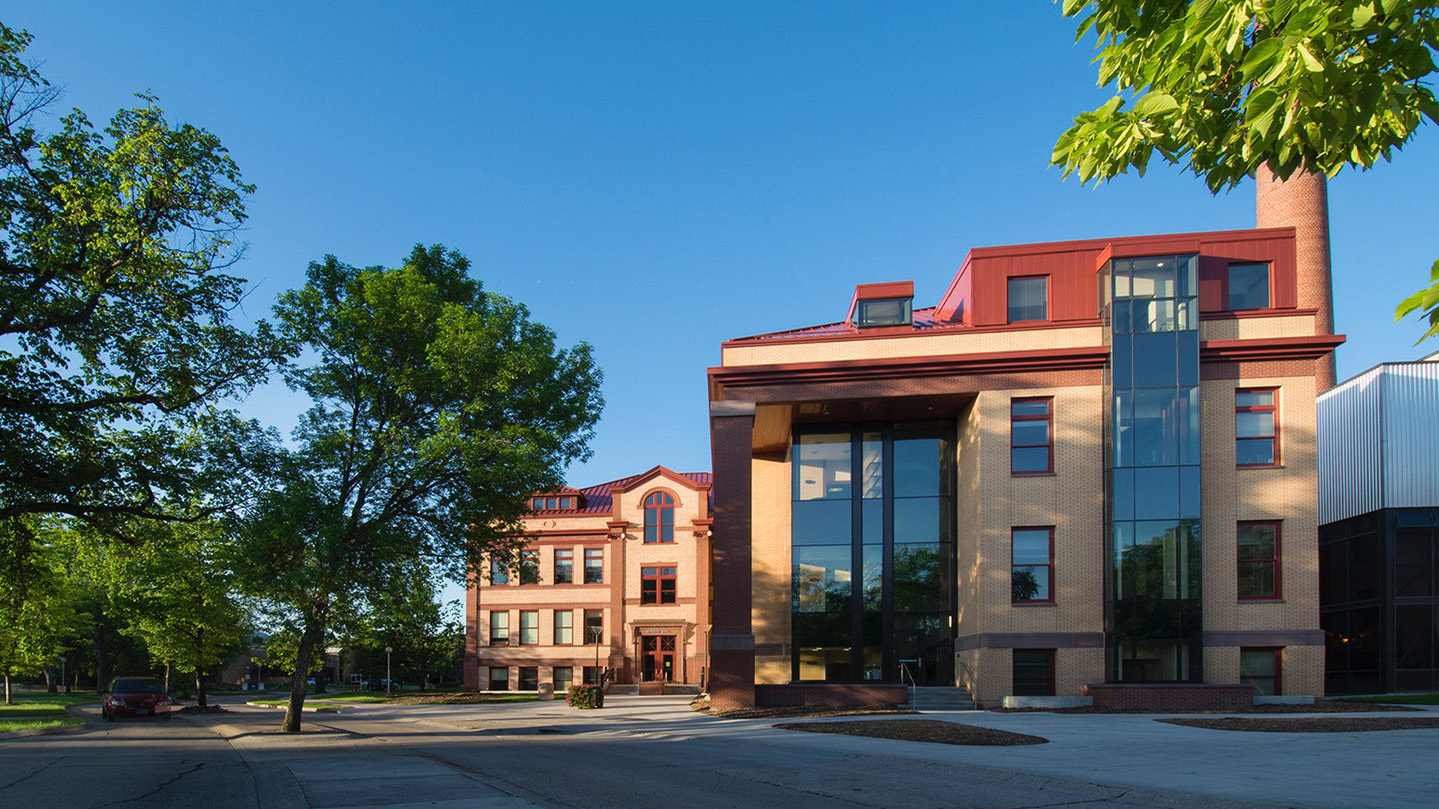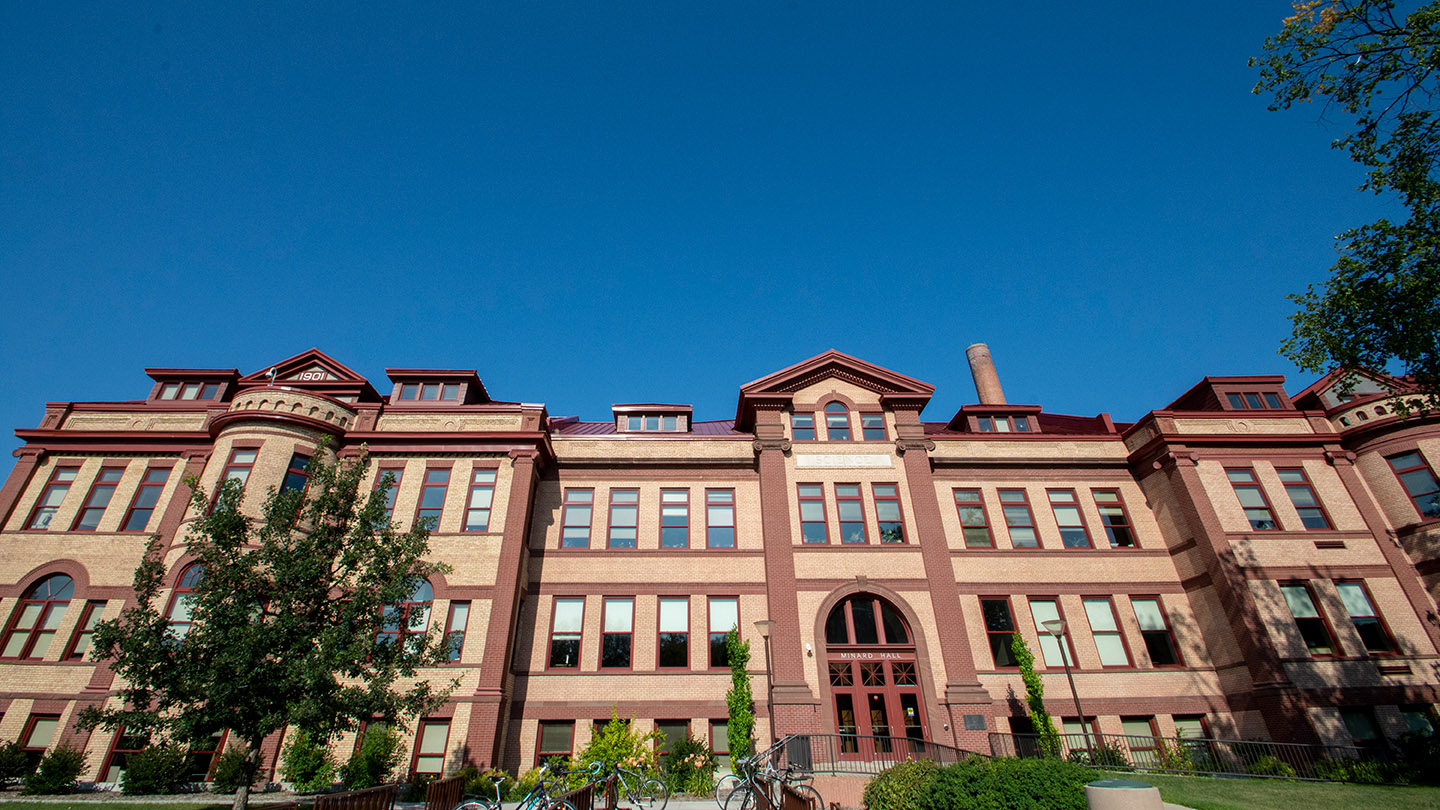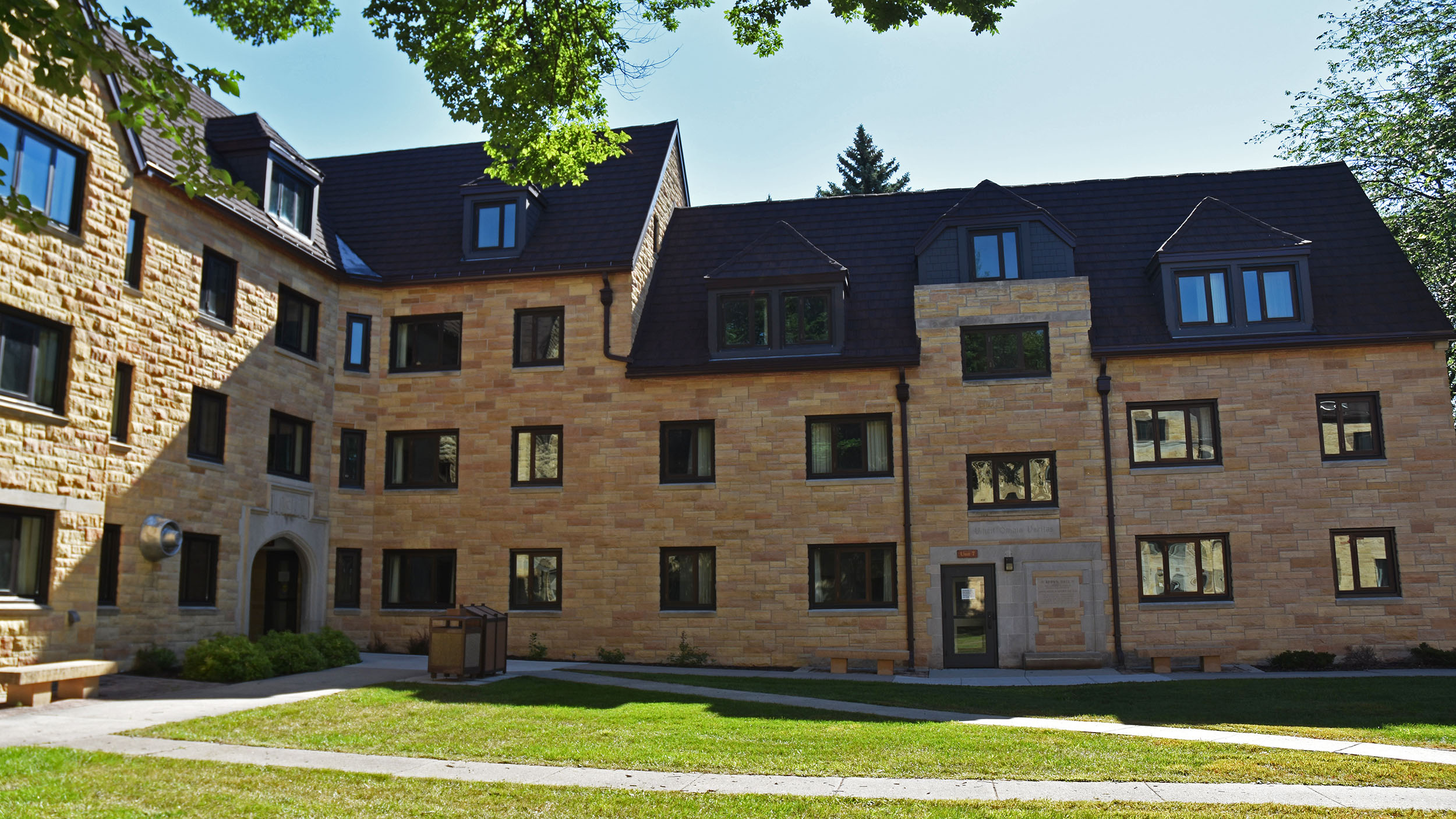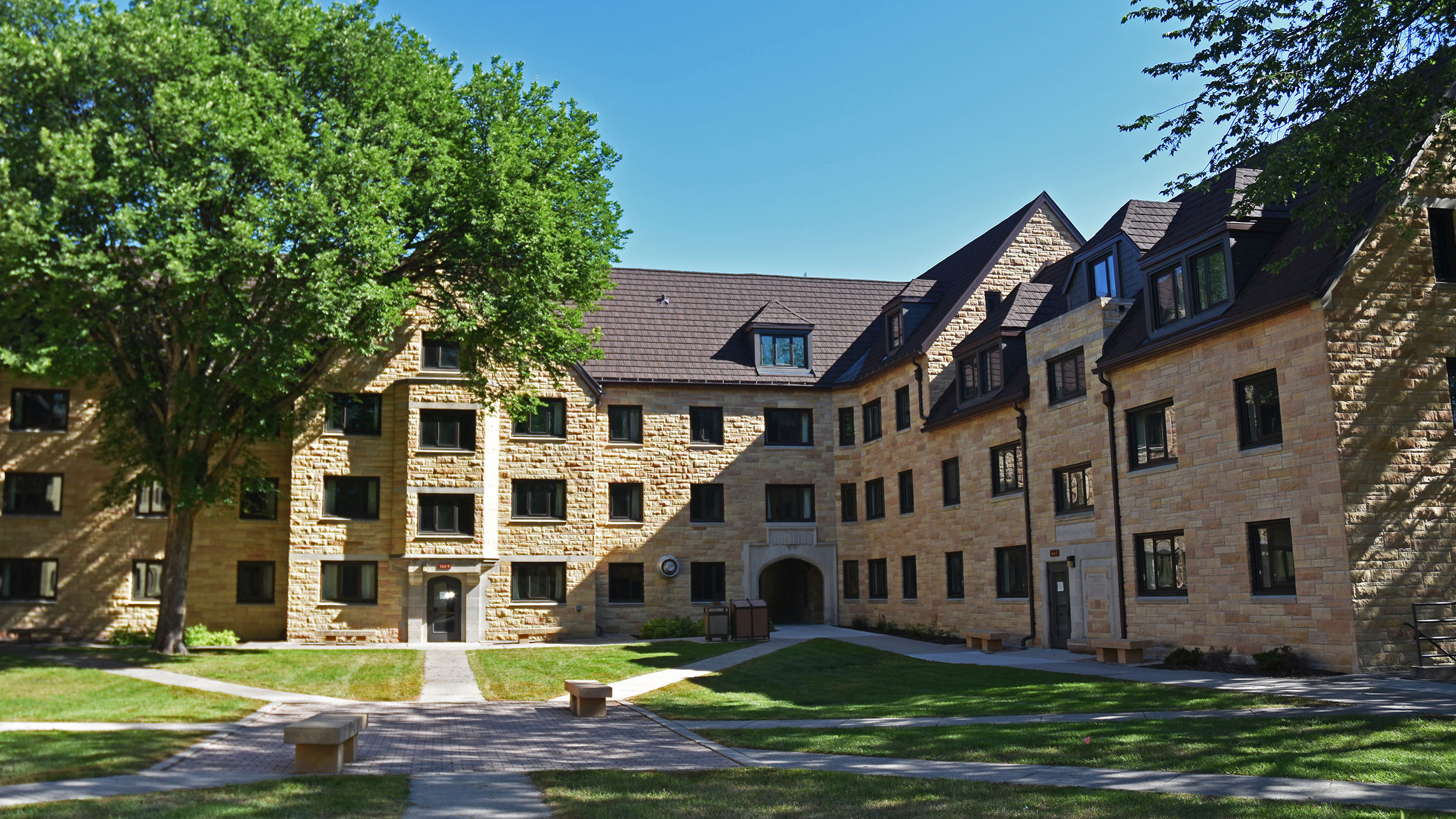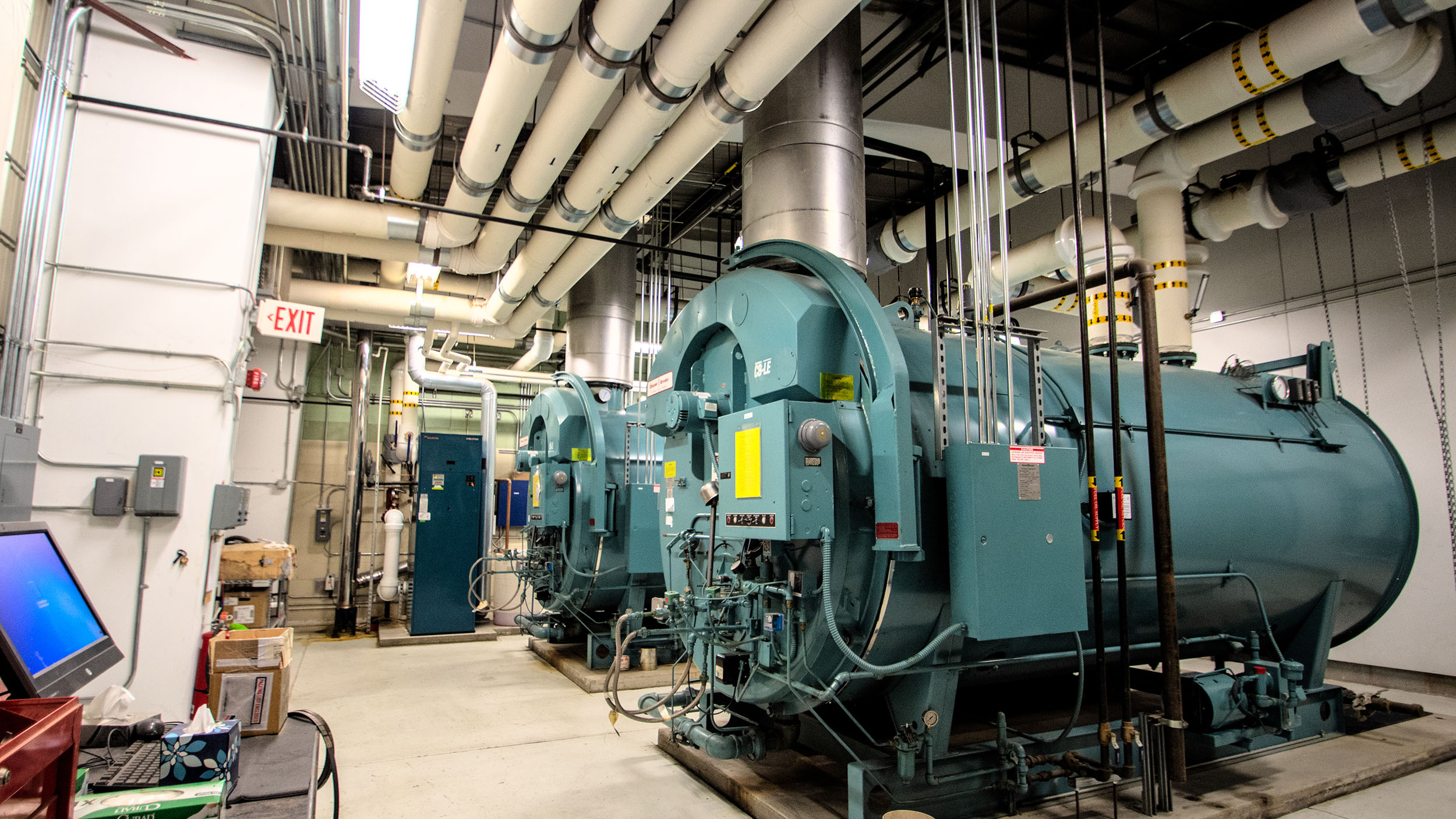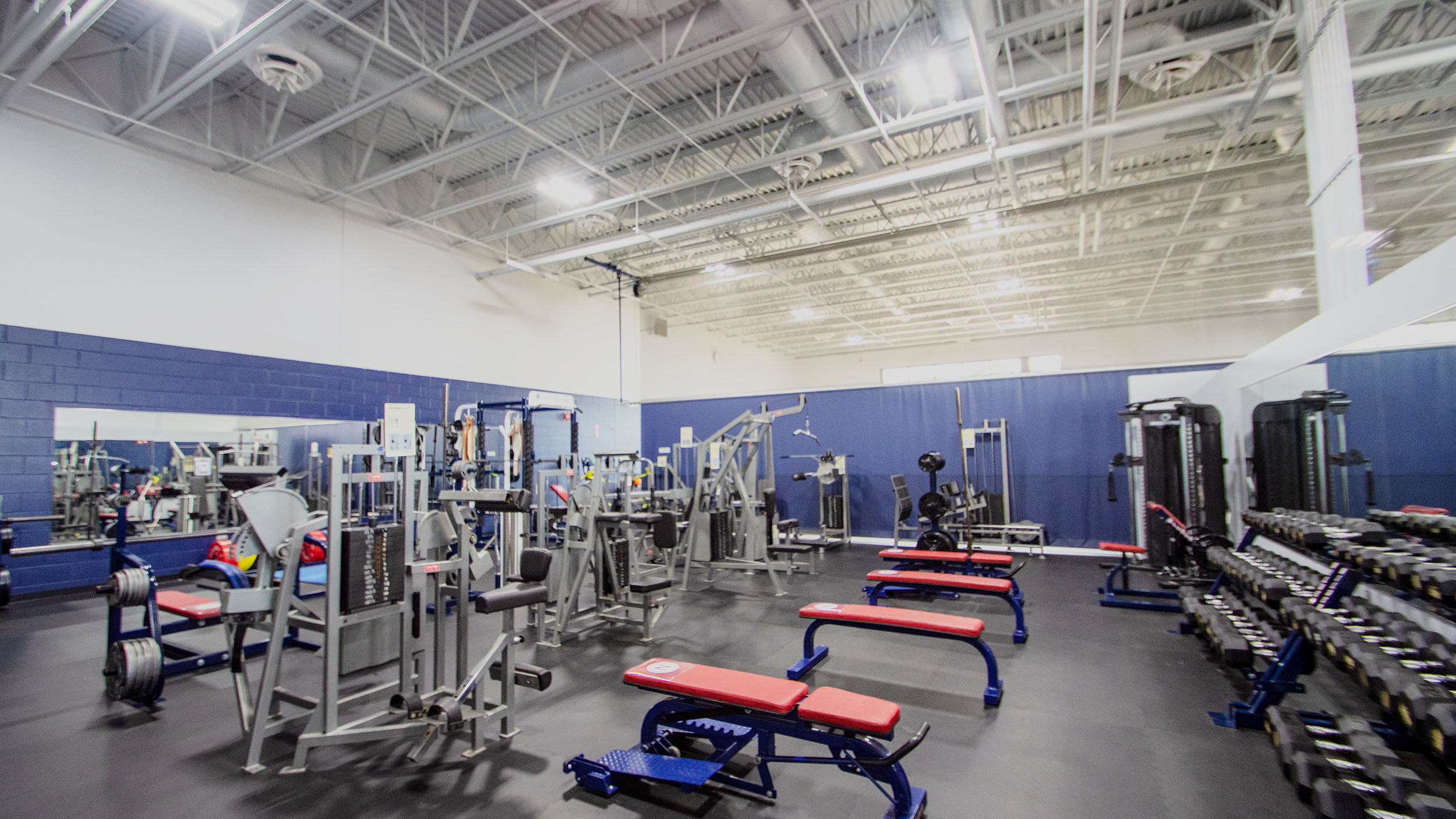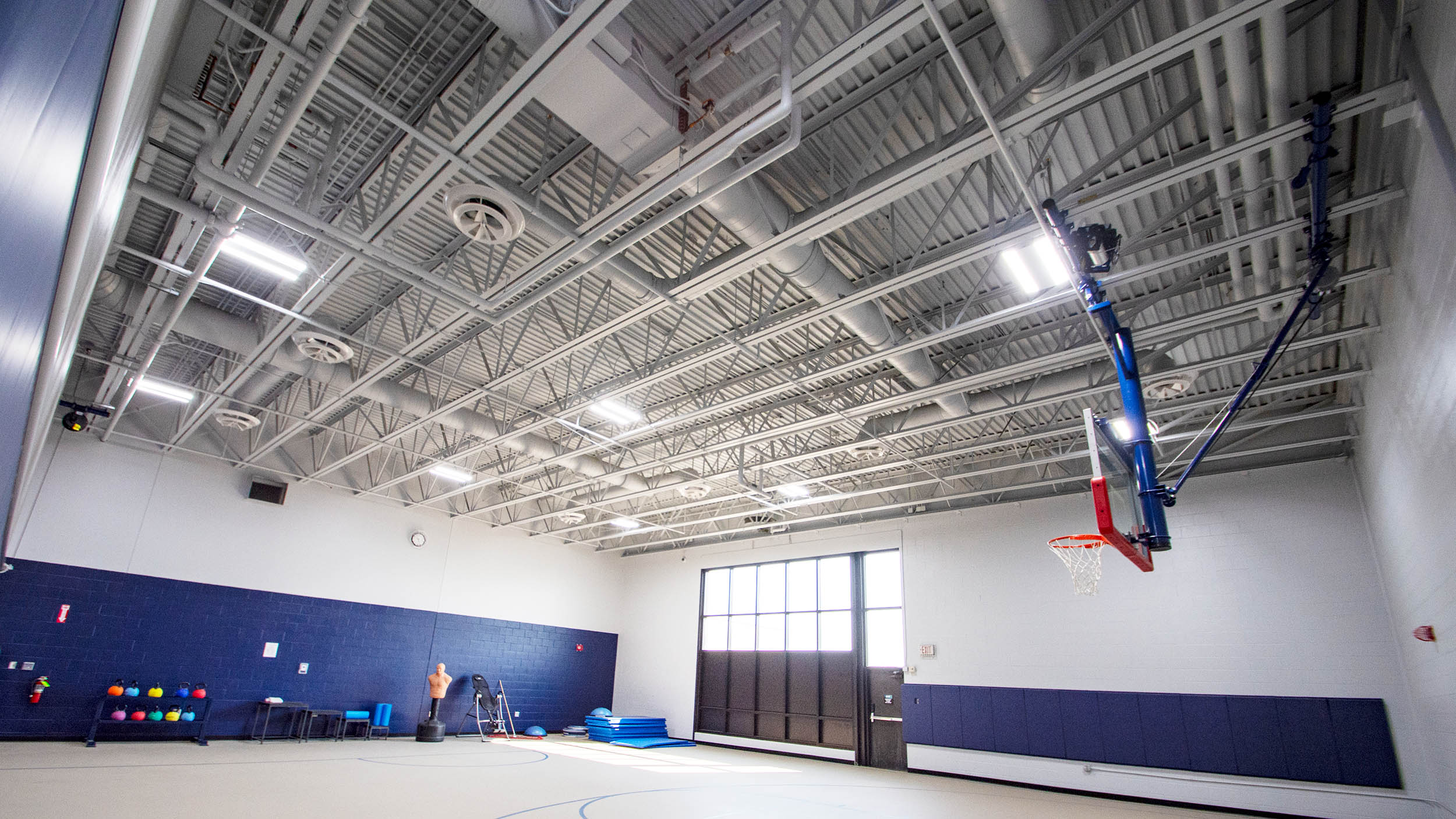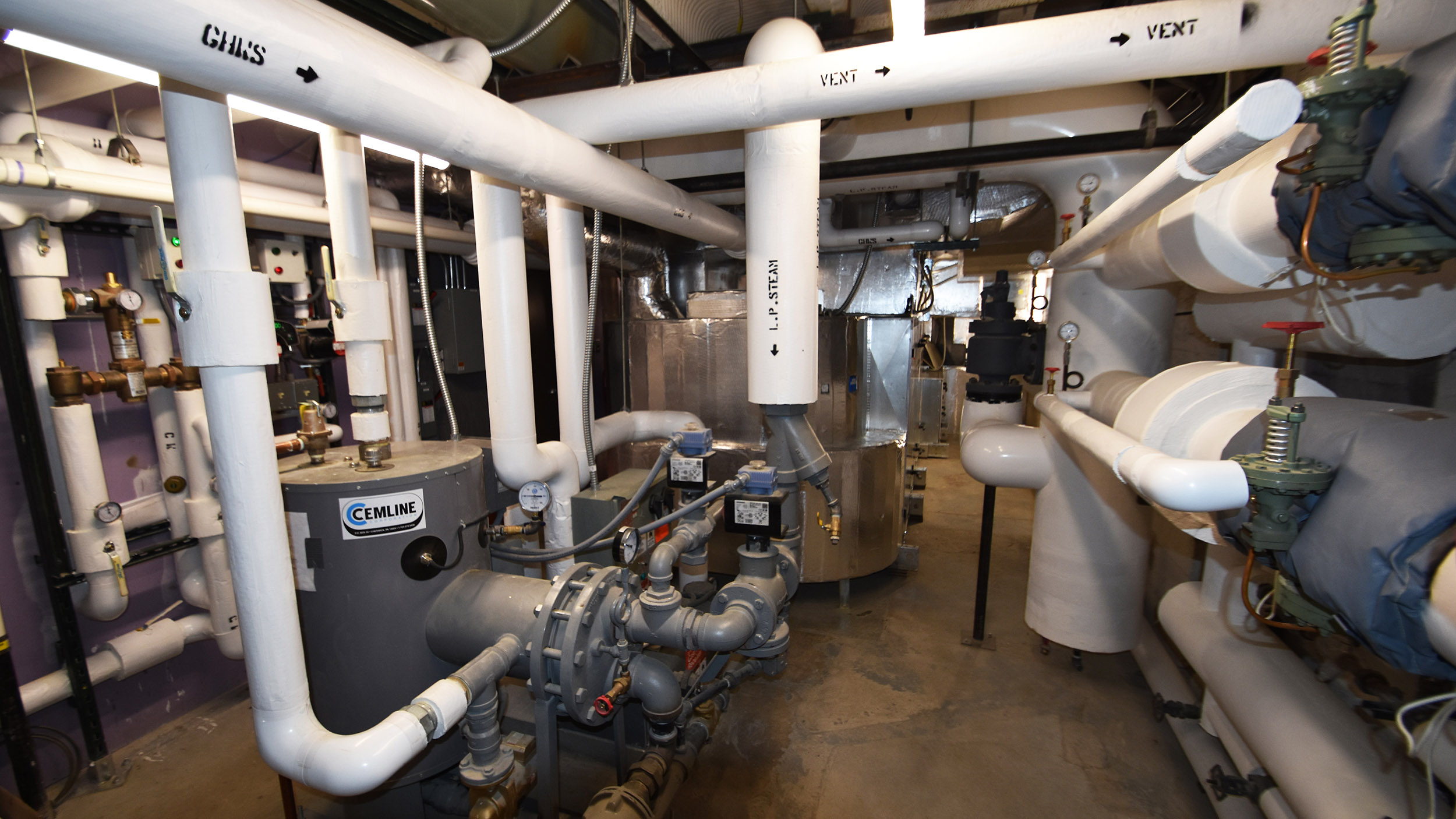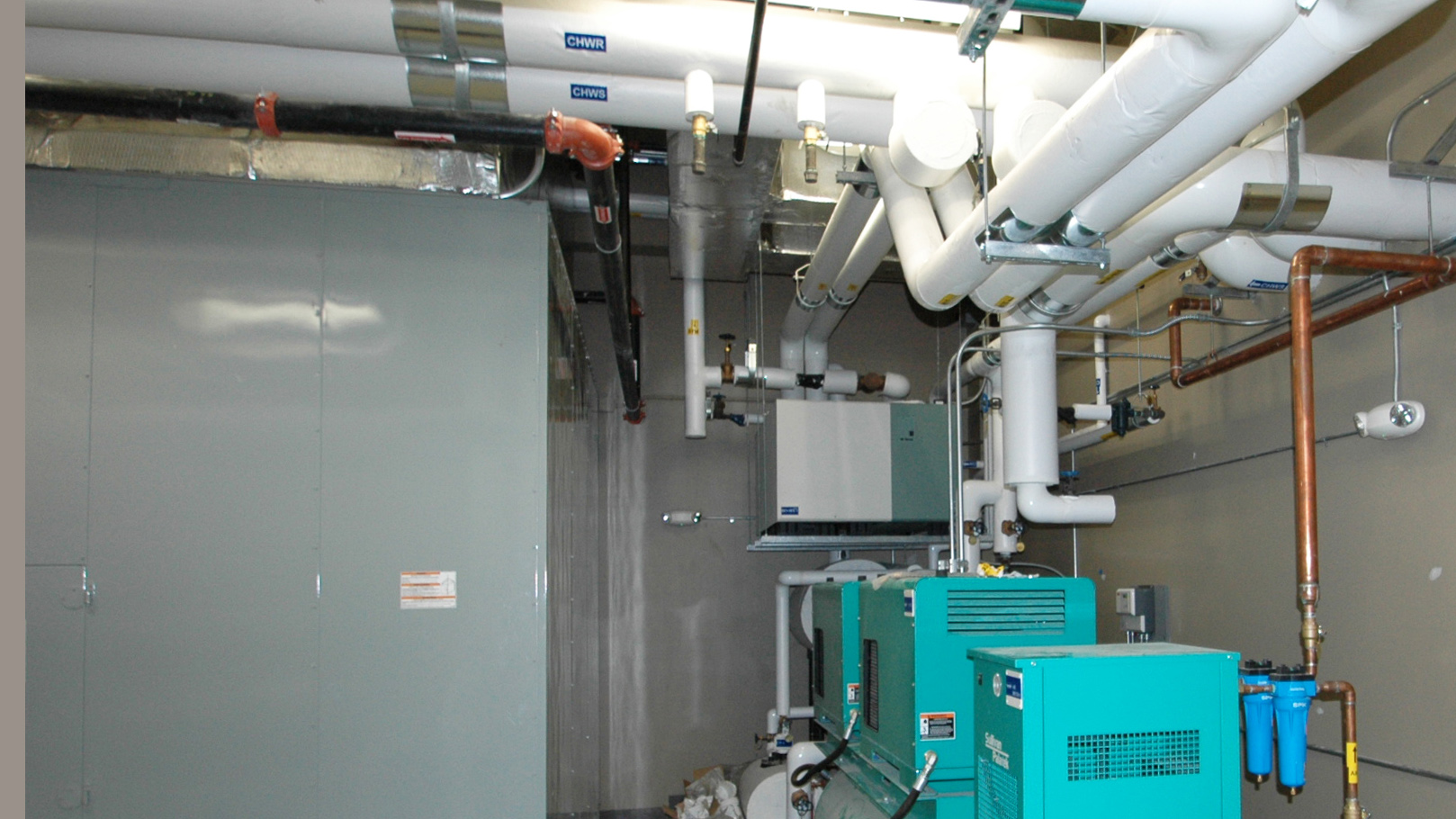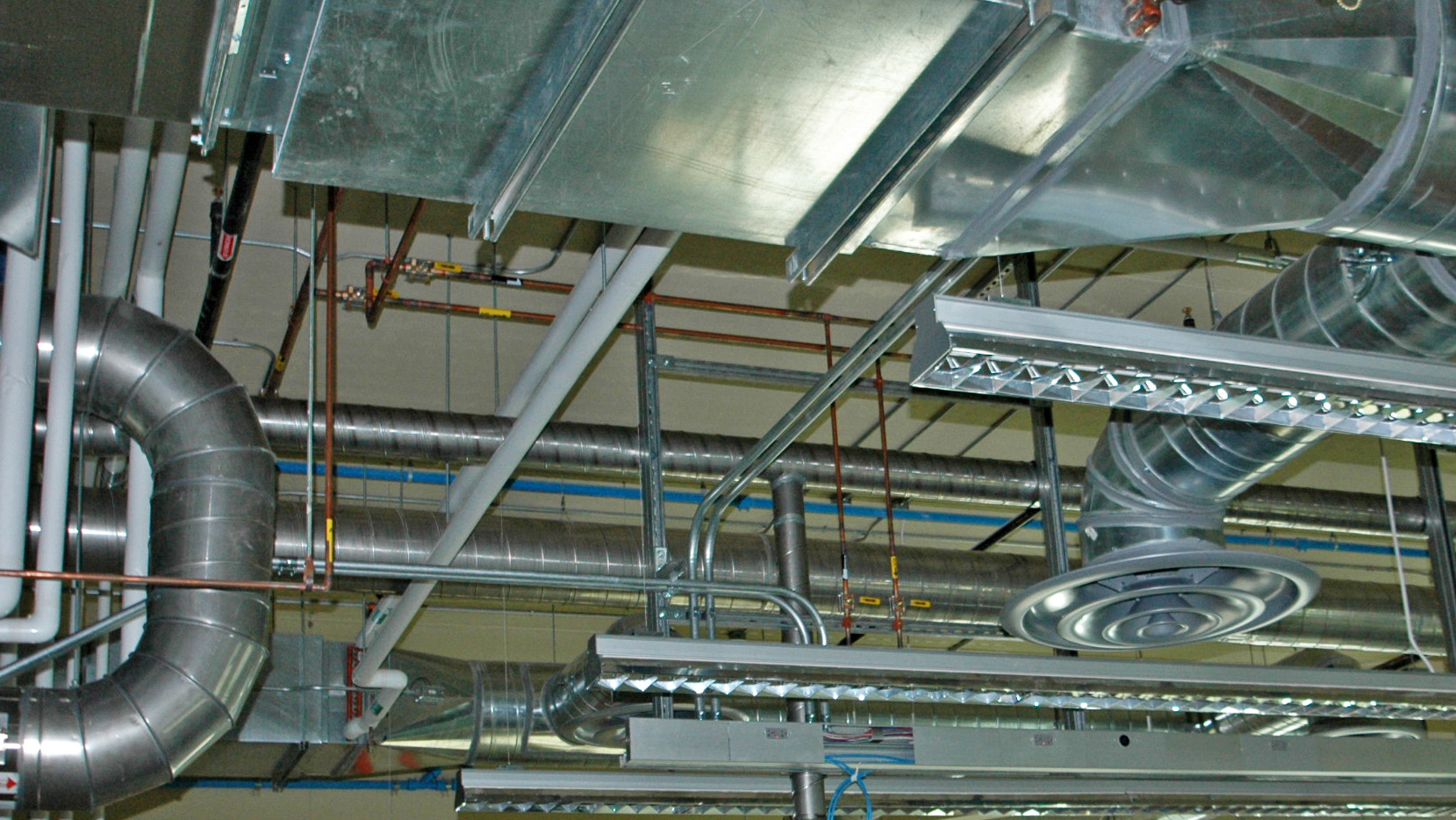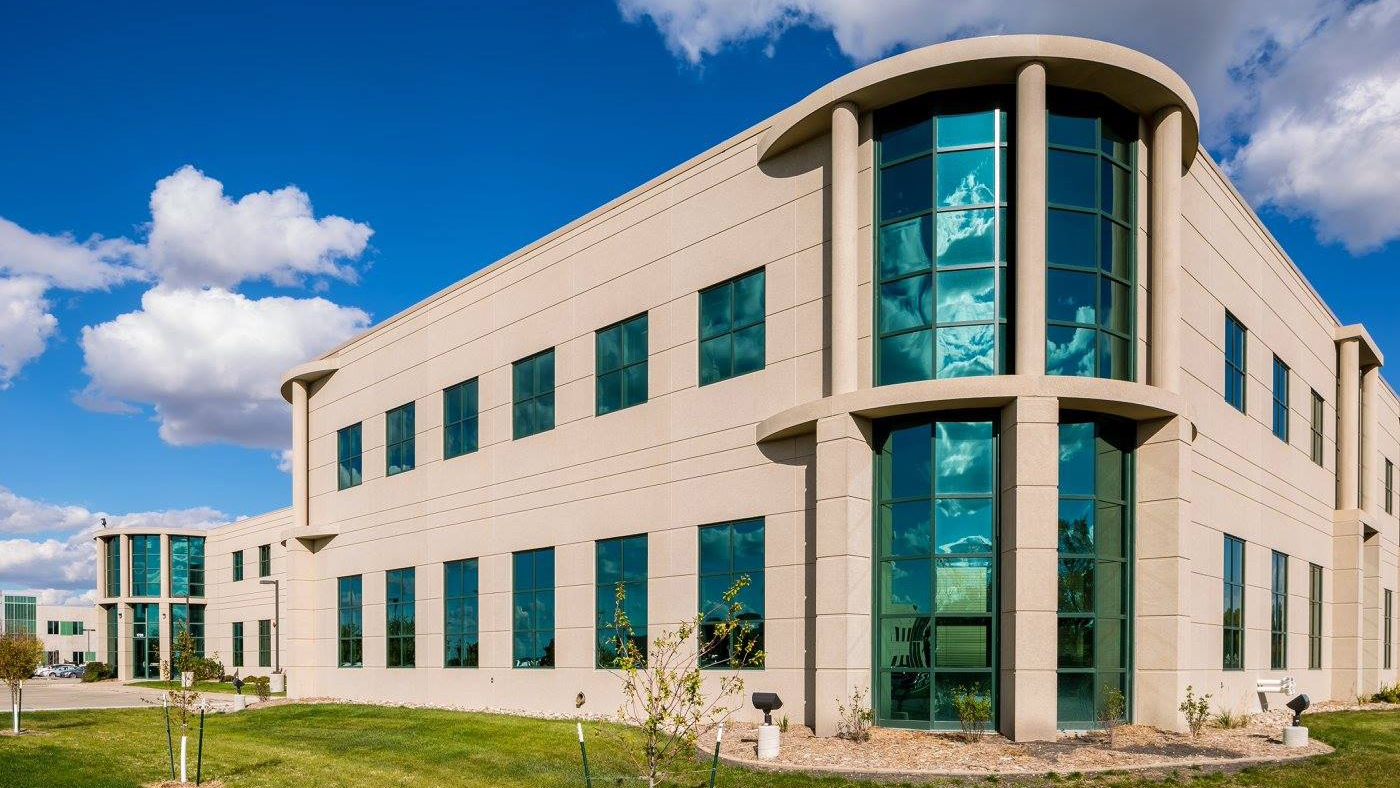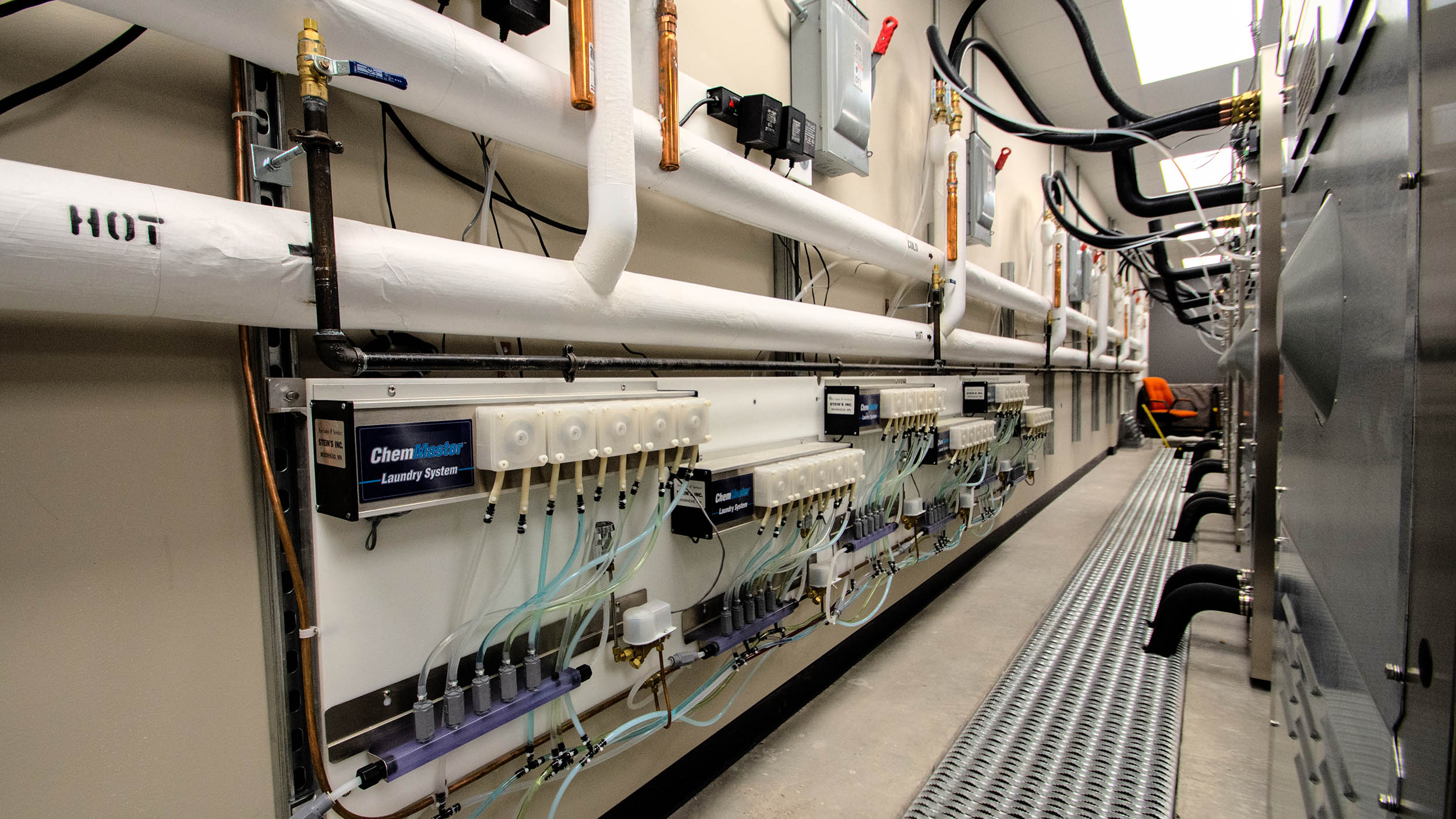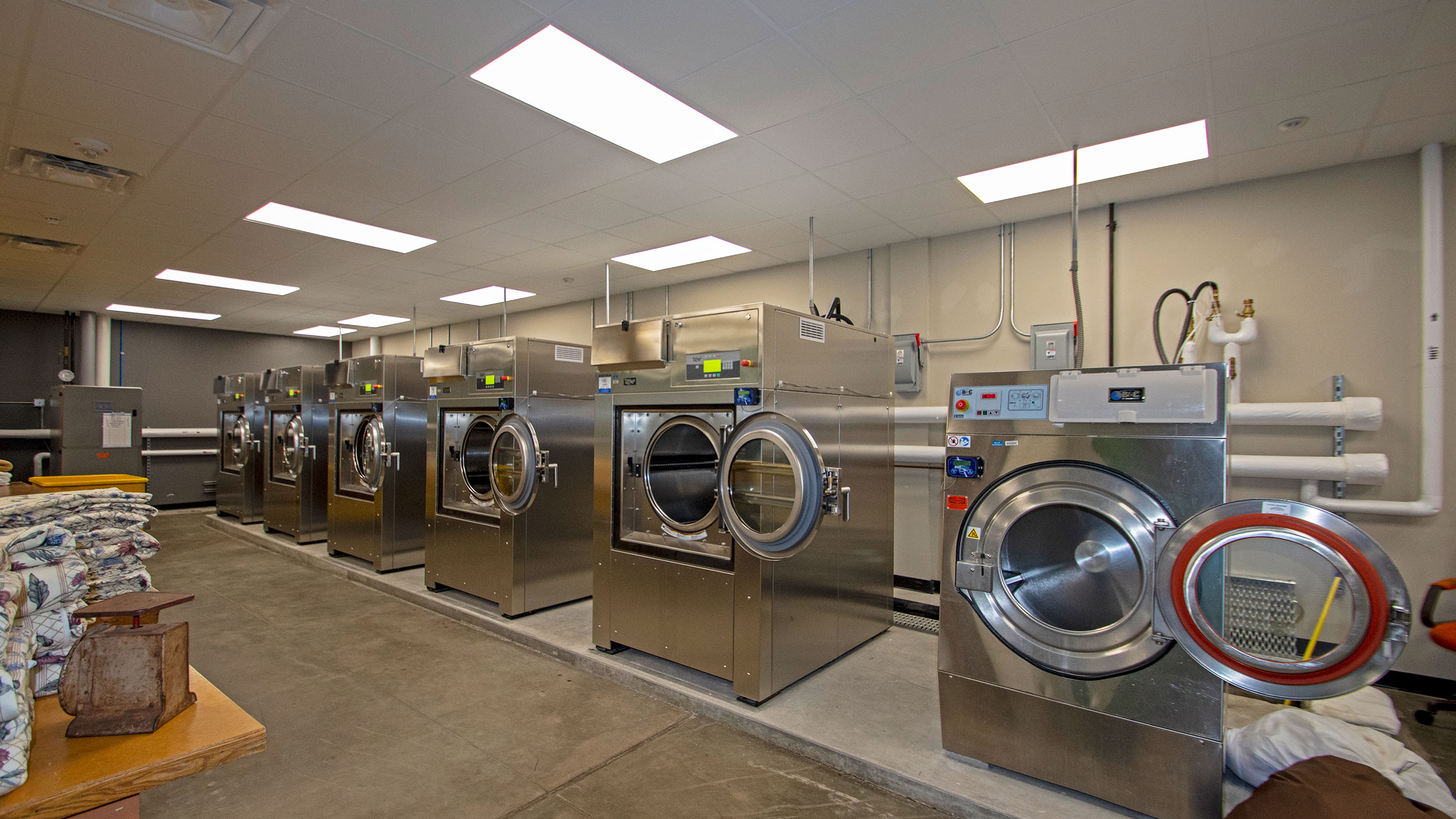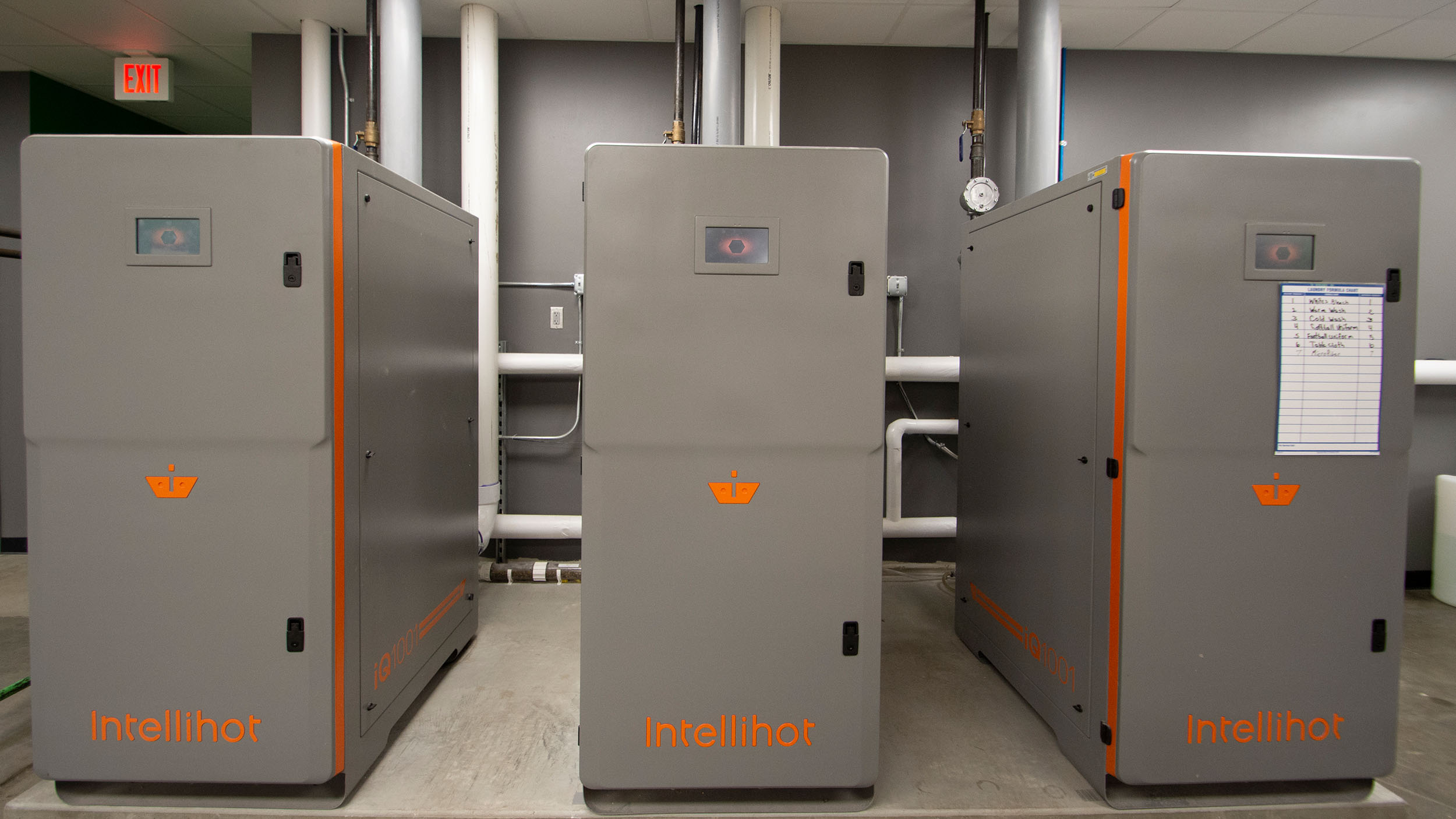University of North Dakota Law School
/The University of North Dakota Law School was originally built in 1923. In 2016, the law school was given a major renovation to the original building and a 15,000 square foot addition. The new addition and renovation featured improved educational space, improved study and workspace, new offices and a case study class room.
The existing mechanical systems were completely removed and replaced. New variable air volume HVAC systems were installed through the entire facility. Since the original building was not equipped with cooling, a new central plant chilled water system was designed to serve both the existing and new wing. Heating systems were fed from UND’s central steam to the facility and converted to hot water.
Another significant portion of the project was to bring the facility up to current life safety codes. A new fully automated fire suppression system was installed through the original and new wings of the facility. Wet sprinkler systems were also installed on lower floors and a dry system was installed in the attic of the original 1920 facility.
Grand Forks, North Dakota
